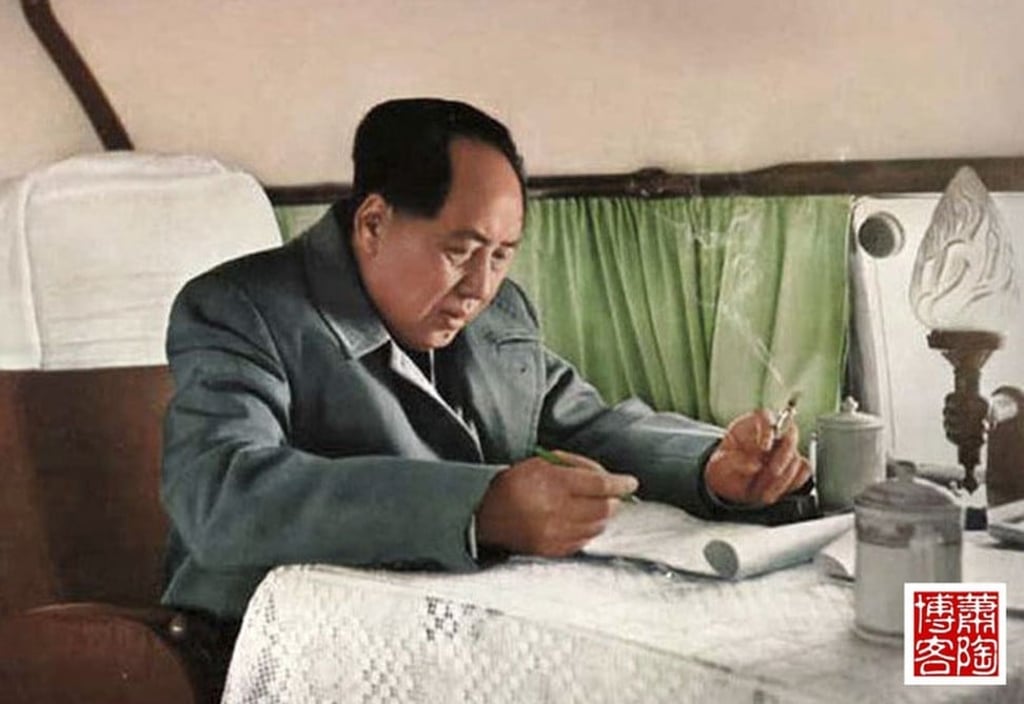China’s Northeastern rust belt was once ‘eldest son’, now struggling as runt of the litter
- Liaoning, Jilin and Heilongjiang were birthplace of China’s industrialisation in 1950s, but now contribute just 6.3 per cent to gross domestic product combined
- People's Republic of China founding father Mao Zedong called the region the country’s ‘eldest son’ on whose shoulders the family’s future rests

The northeast rust belt, once the pride and birthplace of China’s industrial development, is in its biggest economic slump as it struggles to shake off a deep-rooted planned economic mindset and dwindling resources, and a brain drain to regain competitiveness. This is the first article of a five-part series that examines the issues inhibiting reform and changes to revive growth.
Across the vast 448 sq km Shenyang Economic and Technological Development Zone that is a 40 minutes’ drive from Liaoning’s provincial capital in the northeast of China, a third of the land has been used to build factories and facilities, with the remainder awaiting development and investment capital.
The expanded zone, which absorbed Shenyang’s old industrial base and neighbouring Fuxin city’s Xihe Economic Zone, is a microcosm of the aspirations and equally the struggles of China’s northeastern rust belt and its goal of revitalising growth and regaining its place in the world’s second largest economy.
Comprising three provinces – Liaoning, Jilin and Heilongjiang – the region was the birthplace of China’s industrialisation in the 1950s and the area the founding father of the People's Republic of China, Mao Zedong, called the country’s “eldest son,” on whose shoulders the family’s future rests, according to Chinese tradition.
The son’s special position, however, has been badly eroded over the past 40 years. Inaction on necessary structural reforms as the nation began to transform itself into a market economy after the start of “reform and opening up” in 1978 left many once mighty state-owned enterprises (SOEs) – like Shenyang Heavy Machinery Group, established when the Northeast was part of the Japanese-controlled Manchukuo puppet state in the northeast of China and Inner Mongolia from 1932 until 1945, Shenyang Aircraft Corporation, the country’s oldest aircraft maker, and Shenyang Machine Tool Group – with little firepower to compete at home or abroad.

The region’s problems are a combination of factors, but the biggest difficulty has been removing a deeply-entrenched state planning mindset that continues to obstruct change, resulting in a poor climate for businesses. That mindset, according to Houze Song, a research fellow at the US-based think tank the Paulson Institute, dates back to the 40-year period of Japanese dominance of the region after the end of the Russo-Japanese War in 1905, giving the northeast several generations more of autocratic planning and a tradition stronger than the rest of the mainland.